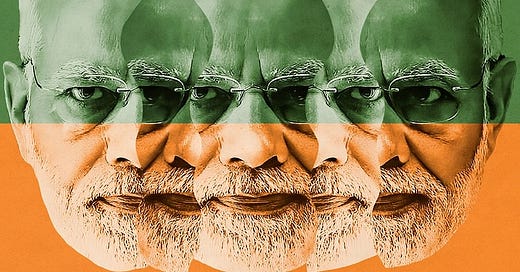Split Personality
Kashmir and the G20, de-dollarization and local currency trading, Is India coming of age? Biden keeps Yemen war alive
UPDATE: China's resolute boycott of the G20 tourism conference in occupied-Kashmir from May 22-24 is a powerful demonstration of its unwavering commitment to it’s principled foreign policy.
Trading with local currencies is now a common practice in the world economy. Local Currency Trade (LCT) has gained so much traction that bilateral LCT agreements be…




